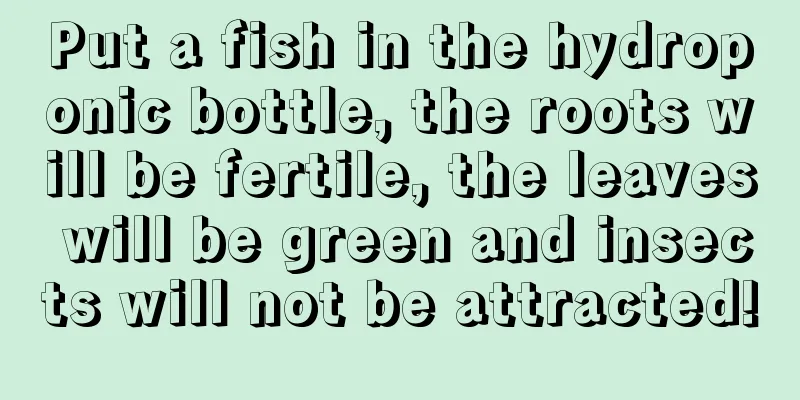How many years does it take for egg fruit to bear fruit?

Introduction to planting egg fruitThe egg fruit likes a warm environment. The most suitable growth temperature is 20-30 degrees. The temperature must not be lower than 0 degrees. It has a wide adaptability and is relatively drought-resistant. The root system of the egg fruit is particularly developed. It is suitable for planting in loose and moist soil without water accumulation, which is conducive to the growth of the branches and vines of the egg fruit. The egg fruit is generally distributed in valley jungles at an altitude of 180-1900 meters. It is widely grown in tropical and subtropical regions. It is distributed in Guangdong, Hainan, Fujian, Yunnan, and Taiwan in China. The varieties include yellow egg fruit, purple egg fruit, and purple-red egg fruit. The egg fruit has been planted for several years.Passion fruit, commonly known as "passion fruit", was originally distributed in Brazil and belongs to the Passifloraceae family. Under normal circumstances, it can bear fruit after 2-3 years of planting. If it is a grafted passion fruit, it can generally bear fruit in 3 years. The growth cycle of layered seedlings is shorter and it can bear fruit the next year. Generally, the egg fruit is planted in spring from February to March. When planting egg fruit trees, it is necessary to select excellent varieties, arrange land preparation and fertilization, and plant in time. It is recommended that from March to September, the usual field management should focus on watering, fertilization, pruning, and artificial pollination. Potted egg fruitThe time it takes for potted egg fruit to bear fruit depends on the situation. If it is a seedling, it will take 5-6 years to bear fruit. During the growth period, watering, fertilization, ventilation, lighting, disease and pest control, and pruning are required. Why doesn't the egg fruit bear fruit?If the egg fruit is grown indoors, artificial pollination is required to produce fruit. Just dip a brush or cotton swab in pollen and gently apply it on the stigma of the pistil. If it is planted in the ground and does not produce fruit, it may be because it encounters rainy days during the flowering period, making pollination difficult. Key points for planting egg fruitThe egg fruit likes moisture and cannot tolerate waterlogging. It needs drainage in the rainy season and frequent watering during droughts, especially during the fruit-bearing period. It has a great demand for water and needs sufficient water. For newly planted egg fruits, nitrogen fertilizer should be used mainly in the early stage. After the plant grows up, the amount of fertilizer should be increased and foliar fertilizer should be sprayed. |
<<: How to prune the roots of a fortune tree
>>: Beauty refers to the years when grapes bear fruit
Recommend
How to grow hydroponics to make it bloom
Hydroponics for smooth flowering The hydroponic S...
How to trim the small-leaf red sandalwood bonsai
When is the best time to prune the red sandalwood...
What is the best fertilizer for pumpkin?
Pumpkin fertilization time Pumpkin needs to be fe...
How to plant carpet grass seeds
If carpet grass is planted properly, it can form ...
The Flower Language of Peony
1. Red Peony The flowers of the big red peony are...
Cultivation methods and precautions of purple-leafed hanging bamboo plum (how to grow potted hanging bamboo plum)
The purple-leafed hanging bamboo plant is hundred...
Advantages and disadvantages of cherry balcony roses
Cherry Balcony Rose is a hybrid miniature rose su...
What plants are the most prosperous and bring good luck to your home (8 plants)
1. Asparagus fern Asparagus fern has a literary a...
What to do when good fortune strikes
1. Increase lighting If it gets frozen in the sev...
How to care for pomegranate bonsai and what to pay attention to
Feng Shui meaning of pomegranate bonsai Pomegrana...
How to propagate jasmine by cuttings
1. Introduction to cuttings This is a breeding me...
What flowers are suitable for growing in Changzhi? What are the city flowers and trees?
1. Climate characteristics of Changzhi Changzhi i...
Is hyacinth poisonous?
The toxicity of hyacinth comes from the bulbs. To...
The efficacy and function of Artemisia pedicularis
Medicinal 1. Location: Pedicularis is the name of...
What does the blooming of Epiphyllum indicate?
1. Omen It is not like other flowers. It is rare ...









